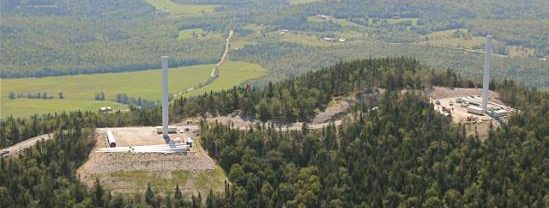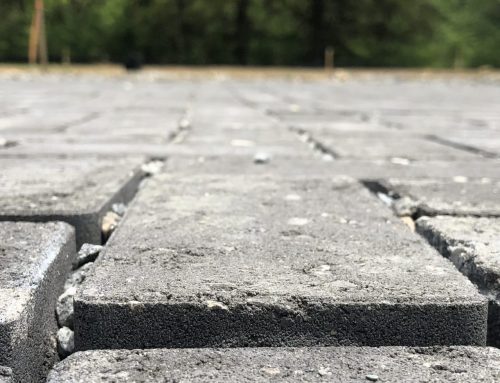Headwater streams and wetland areas are the birthplace of our surface water resources. They constitute the greatest percentage of total stream length in a river system. They are vitally important for providing clean and cold water, habitat, and flood control; however, they can only provide such services if they are protected from disturbance. Headwater streams offer the greatest opportunity for interaction between water and land; and it is with this interaction that numerous biological, chemical, and physical processes are constantly occurring to clean stormwater runoff. These are the processes which are responsible for maintaining water quality downstream.
I am a proponent of properly sited alternative energy projects. With the push for large-scale energy projects such as industrial ridgeline wind farms, we face a great challenge to rapidly develop new technologies to lower project impacts and to mitigate stormwater runoff in the high-elevation environment. Impervious area has the same effect on a clean energy project as it does in a commercial or residential development, highway, parking lot, or ski resort. Rain water and snowmelt that once was absorbed into the ground cannot penetrate the impervious area and instead will runoff to surface waters. More runoff will be produced and the velocity of that runoff will be greater as compared to before the landscape was developed. Historical drainage patterns can be disrupted by channelizing and re directing runoff from one location to another. Headwater stream systems are extremely sensitive to change. These hydrological changes induced by large scale development leads to degradation and destabilization of headwater areas by erosion and sedimentation. The impact of degradation and destabilization propagates downstream in the direction of our population centers lowering water quality.
The current strategies we are employing at high-elevation developments I am familiar with will not protect our water quality. The only solution for water quality protection is to devise new stormwater controls adapted to the unique challenges of the mountain environment, coupled with drastic downsizing of impervious surfaces and drainage networks required for these projects. Innovative solutions that treat runoff, limit thermal impacts, preserve groundwater, and control in-stream flow alteration and erosion, need to be brought to the table and included in the regulatory framework. Only then will our precious headwater resources be afforded the protection they deserve.
Has anyone been involved in high-elevation projects and faced similar challenges with stormwater management?
Are there particular strategies anyone would like to share with respect to site layout and stormwater treatment practice design in this environment?
General information about headwater environments:
http://www.stroudcenter.org/research/PDF/ProtectingHeadwaters.pdf
 Andres Torizzo is Principal of Watershed Consulting Associates, LLC, a firm specializing in stormwater management, based in Waitsfield, Vermont. Andres’ focus is on watershed assessment, stormwater retrofit, green infrastructure design, and illicit discharge investigations. He earned his Undergraduate Degree in Geological Sciences from Tufts University in 1998, and his Graduate Degree in Geography with Hydrology focus from the University of Colorado at Boulder in 2002. Andres has been actively working in Vermont on water quality improvement studies with non-profit organizations, municipalities, private landowners, and State entities since 2002. Mr. Torizzo is a board member of Friends of the Mad River and the local chapter contact for the Center for Watershed Protection Association.
Andres Torizzo is Principal of Watershed Consulting Associates, LLC, a firm specializing in stormwater management, based in Waitsfield, Vermont. Andres’ focus is on watershed assessment, stormwater retrofit, green infrastructure design, and illicit discharge investigations. He earned his Undergraduate Degree in Geological Sciences from Tufts University in 1998, and his Graduate Degree in Geography with Hydrology focus from the University of Colorado at Boulder in 2002. Andres has been actively working in Vermont on water quality improvement studies with non-profit organizations, municipalities, private landowners, and State entities since 2002. Mr. Torizzo is a board member of Friends of the Mad River and the local chapter contact for the Center for Watershed Protection Association.






